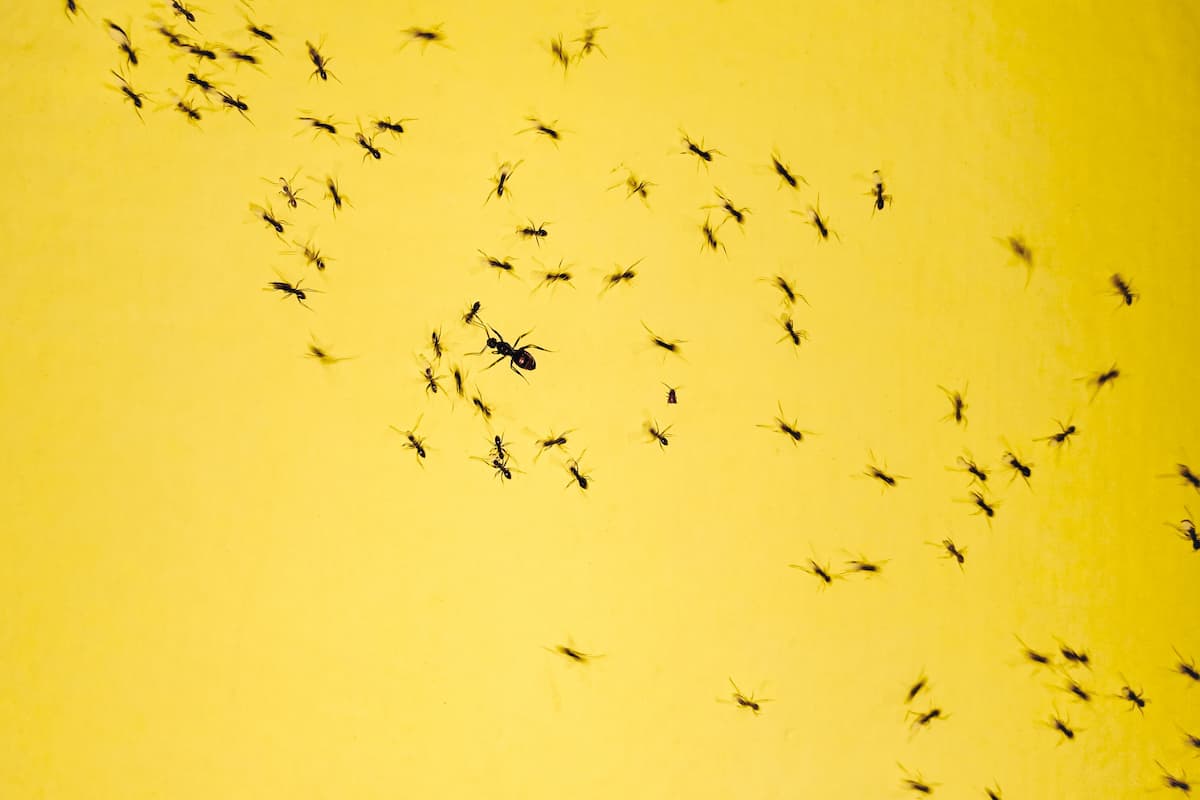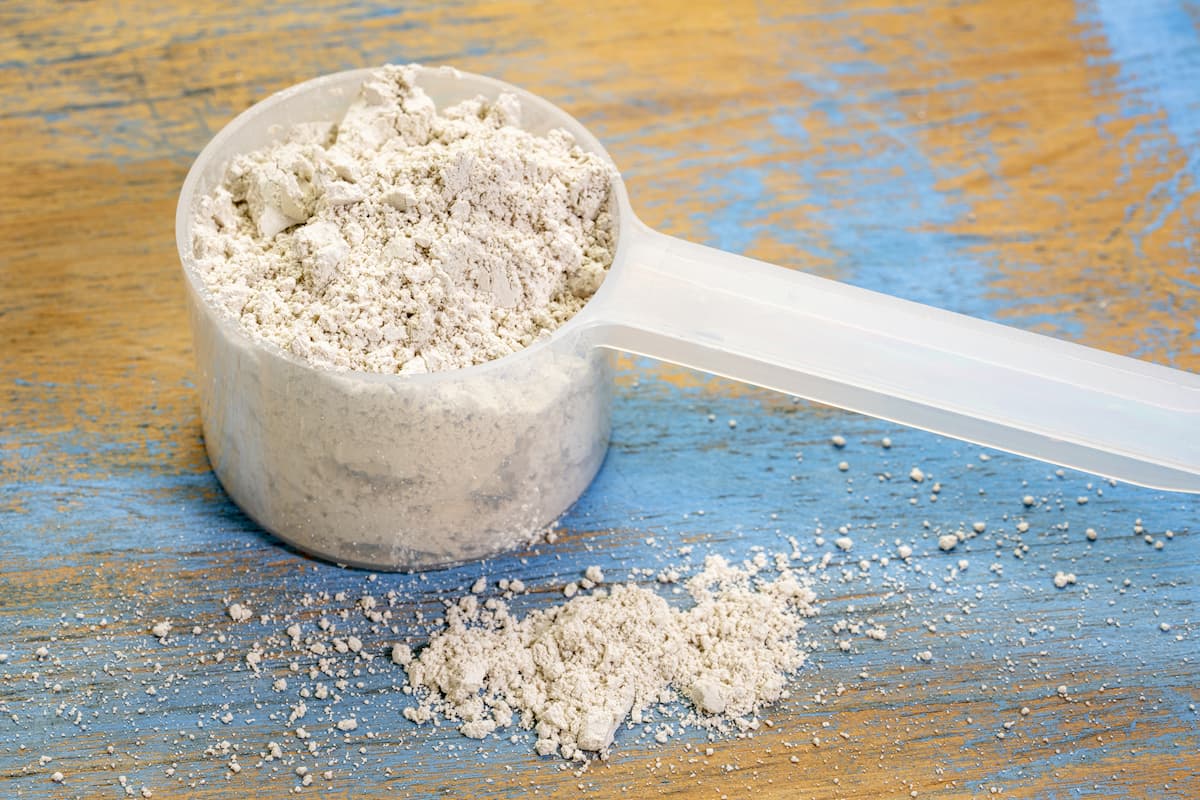Does Termite Treatment Kill Ants?
Termites and carpenter ants are similar when it comes to terrorizing your home; by destroying your wood.
Termite treatments are among the most robust, which leads to the question of whether you can use them for carpenter ants.
Specific termite treatments have the required chemicals to control an ant infestation, but you shouldn’t pin all your hopes on them. Ant (specifically, carpenter ant) infestations require more aggressive control measures. So unless you’re dealing with a small population, you’re better off getting treatments tailored to only them.
The Difference Between Ant and Termite Infestations

Though ants and termites are similar in many ways, the differences can help determine whether specific control measures work for both pests.
Various ant species can cause trouble in your home. Field ants are one of them, and they live up to their name by being found chiefly outdoors or in fields. However, they can also invade your home if they don’t have access to vital resources.
Fire ants are also commonly found outdoors. They’re known for their nasty sting and can burrow tunnels that lead straight to your house.
Carpenter ants are more dangerous and require far more caution due to their ability to cause wide-scale damage to your house. They’re similar to termites in that your wood is the primary reason for their visit.
Though similar in body size, carpenter ants have distinctive features that differentiate them from their fellow wood-lovers:
- They have a narrower waist, while termites have a broader body shape.
- They have bent antennae compared to the straight ones on termites.
- Their wings are more durable; termite wings fall off easily and are the best sign if you don’t know which of the two insects is invading your home.
Behaviourally, carpenter ants don’t rely on your wood for food. Instead, they burrow through it to make their homes. They enter your home through window cracks or the spaces beneath doors.
Termites, on the other hand, announce themselves from the soil beneath your home. Therefore, soil treatments work well with termites as you tackle the problem from the source.
They build mud tubes that connect their colony to your home. Some also shelter in these tubes. Finding and destroying the tunnels helps you worry less about a growing population.
A carpenter ant extermination requires a different approach where locating the nests built in your wood is vital. Your success depends on whether you can find the queen, as she’s the source of the entire colony.
Managing a Termite Infestation
There are three primary ways to control a termite infestation:
- Bait systems
- Soil treatments
- Wood treatments
Bait Systems
Bait systems involve using poisonous bait to stop the termites in their tracks. While it seems like something you can do on your own, the stations require rigid inspections at various intervals.
Homeowners rarely follow through with these inspections, highlighting the need for a professional. An experienced exterminator can locate pathways and find the right place to install the baits.
A successful bait system breaks the insects’ mud tubes, forcing them to walk through the poison.
Bait stations require a lot of patience before the infestation dies out (6 months in warm areas, 12 months in cooler climates). But, if you can wait it out, you’ll be termite-free for a long time.
Soil Treatments
Soil treatments are less environmentally-friendly than bait systems. This is because they involve the treating of the topsoil with termite-specific insecticides.
A pest control operator will create barriers with the chemicals, forcing the insects to walk through them.
Soil treatments work faster than bait stations. They’re also less technical to set up. However, you risk having your house smelling like insecticide for a few weeks.
Wood Treatments
Wood treatments involve the direct injection of insecticides into the wood. The process not only kills the population inside the timber but also prevents further infestation.
Like soil treatments, wood treatments aren’t the best for the environment. The odor will also penetrate your house for a while.
While these three measures can guarantee a termite-free house, they’re unlikely to be as effective for ants, especially carpenter ants.
Depending on the insecticide, the chemicals will simply coat the insects, not kill them.
Managing an Ant Infestation

Effective control of an ant infestation requires the location of the insects’ nests. Carpenter ants are the most complex species to manage, and they build two types of nests; parent nests and satellite nests.
Carpenter ant extermination centers around the queen. If she dies, the population won’t increase. A parent nest hosts the queen and requires dampness for her to increase the population. The need for moisture makes the parent colony seem easier to find.
Satellite colonies are drier and only host the workers. If managing the infestation on your own, try not to kill the worker ants when in contact with them. Instead, set out half a teaspoon of jam and observe where they take the food.
They will likely lead you to the parent nest, where you can make holes into the wood, spray insecticide, and plug them to suffocate the colony.
Contact a professional exterminator if this method doesn’t bring you much success. They have more experience with carpenter ants and will know what to look for when seeking the parent nest.
Valuable evidence includes sawdust as proof of burrowing and damp spots on the wood. Once the parent nest is found in the burrows, You or the exterminator can use chemicals to begin the extermination process.
The proper termite sprays can help kill a few workers, but they rarely solve the problem.
Should You Use Termite Treatment To Kill Ants?
It would be best if you didn’t rely on termite treatments to rid an ant infestation. However, specific termite treatments can help if you’re tired of face-to-face encounters.
Check the can for instructions to know if your insecticide also works on ants. Certain companies write in bold that their chemical eliminates both pests. If so, check whether you need to use a different amount or apply it in a particular way.
You can also look for insecticides containing the compound cyfluthrin. Treatments like this require you to apply the chemical in the insects’ homes.
If a cyfluthrin insecticide isn’t advertised as “ready-to-use,” look for instructions on how to dilute it. Most require you to use 1–6 oz per gallon of water depending on the pest and affected zones.
Alternative Control Measures for Ants and Termites

Chemicals have their place when controlling a termite and ant infestation. However, they’re not the only option.
Diatomaceous earth is a naturally-occurring powder that’s just as effective as chemical-based insecticides. It’s also safer for the environment, but ensure to wear gloves during application to avoid skin irritation.
Diatomaceous earth works by drawing out moisture. Applying it in the insects’ homes dries them out, while contact with an insect’s exoskeleton causes it to dry out, killing the creature.
Evenly spread the powder in select areas and reapply occasionally.
Conclusion
Simultaneously dealing with an ant and termite infestation can prompt you to seek a one-size-fits-all solution.
Most people settle for insecticides, and they’re not necessarily wrong. However, you must also account for the creatures’ behaviors and feeding patterns when using them.
Termite spray won’t work for termites if you spray the wrong areas, and it’s rarely a long-term solution to an ant problem.
Use the chemicals as part of the solution (not the be-all and end-all) to increase your chances of success.
